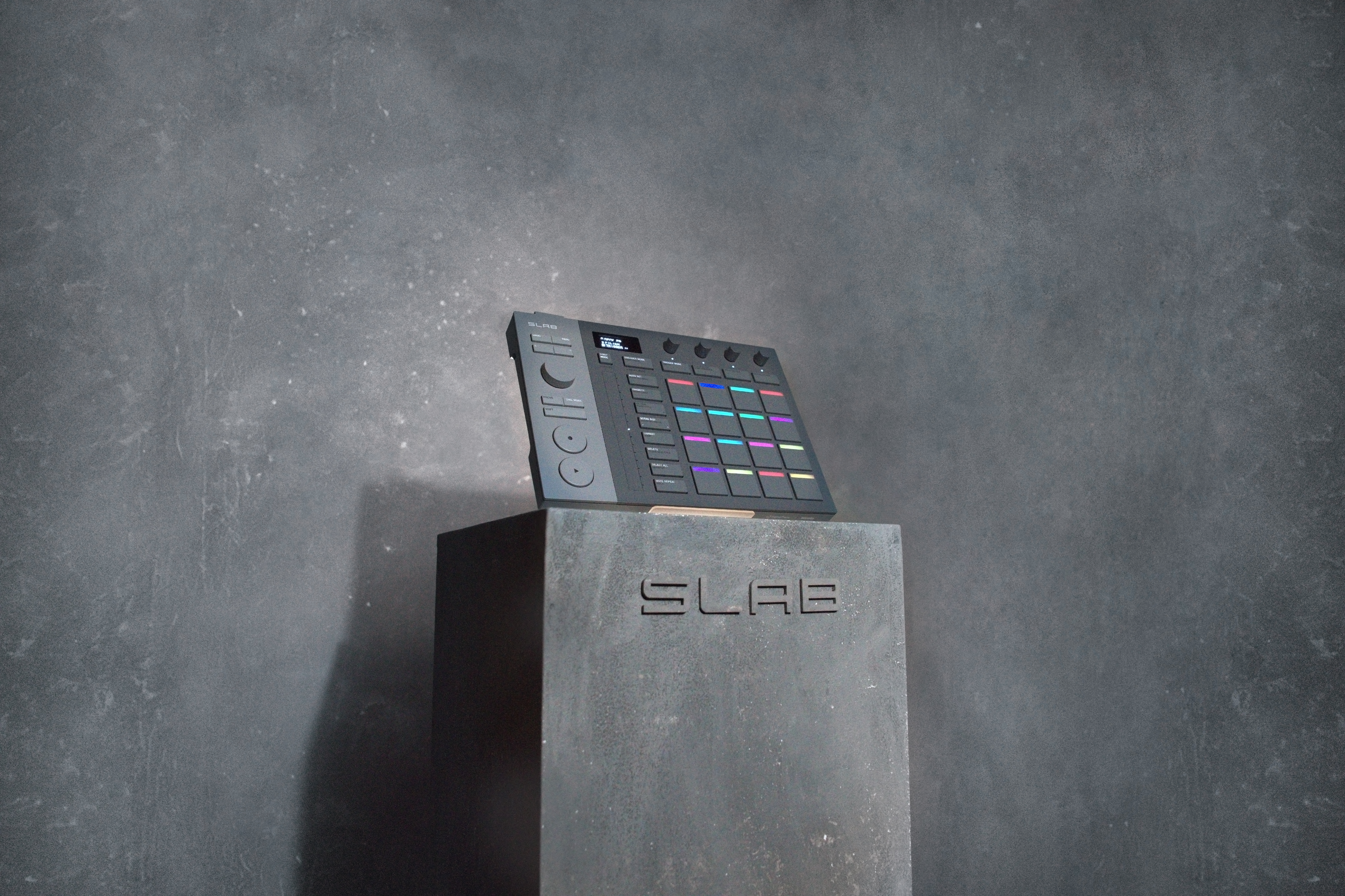Global Contracting, Disco in the Stars
Mar 1, 1996 12:00 PM,
By Biff McGillicutty
The subject of this international issue takes us to another galaxy, er, I mean part of this planet. We travel to De Melkweg or, as translated, The Milky Way, a fashionable nightclub in the heart of Amsterdam. Its atmosphere is always interesting, and in Amsterdam, absolutely no room exists for an establishment without a system that delivers the goods under many circumstances.
For the past three years, the owners of the Milky Way have been planning to enlarge the venue with an additional hall. With assistance from the government, the city council of Amsterdam and corporate sponsors, such as Pepsi, a new venue, the Max, has been completed in an existing building adjacent the Milky Way.
The initial specifications for the system were defined by the Milky Way’s in-house technical staff, which is headed by Jelle Jager. Six companies were asked to quote and submit proposals to create the complex, demanding multicord system.
Ampco Audio Products of Holland was chosen as the supplier and installer of the system. Ampco was chosen because of the company’s experience in large complex systems and its superior backup and service facilities.
Problems and solutionsThe Milky Way’s programming predominately is international acts. The venue is in downtown Amsterdam, next to Leidseplein, and can be reached easily by pedestrians and cyclists. However trucks and trailers have difficulty getting close enough to the venue for load-ins and load-outs. Therefore, the system had to be extremely versatile to accommodate a wide variety of entertainment. One of Milky Way’s main objectives was to offer sound and lighting systems that meet the requirements of the international and local performers and solve the logistical challenges of trucking.
The Milky Way also stages theater-like productions and other events where the two halls within the venue need to be linked. A recording mobile can also be hooked into the system for live broadcasts and recording with minimal effort. This made it necessary to interface the older, existing cabling system with the newly built multicord and split system.
Because the new Max is located in the town center, the acoustic consultant, Enable, had to fulfill the strict environmental laws of the city of Amsterdam. The specs had to be written with incredibly tight constraints. The sound-pressure levels in the Max are high, and the nearest houses are within a distance of 13 feet (4 m). During the night, the noise level from an outside source in a bedroom cannot exceed 15 dB(A) Leq.
This specification presented a major challenge because the design required acoustic reduction for the neighborhood within the limited space available coupled with a goal for a reverberation time of 0.7 seconds. To accomplish these objectives, much deliberation and modeling took place. In the end, the designers decided to build the new venue as a box in a box using construction that allowed for massive low-frequency absorption.
The result is a 3.2 foot-thick(1 m) wall made of layers of materials that achieve sound-pressure levels of 110 dB (A) Leq with a reverberation time of 0.74 seconds when the club is empty. This achieves the goal for reverberation time specified by the acoustic consultant and keeps the club hopping with solid level, yet the neighbors can still catch 40 winks without being rudely awakened.
Choosing the equipmentThe final system consists of a left-right main system with 3x[3-HIGH?] stacks of Martin W8 and Martin W8S sub bass per side, which provides the main house sound for live and prerecorded situations. The Martin W8 [for tops?] were chosen because of their high fidelity and ease of changing from live to prerecorded signal. The fact that a compression driver is not present until 3.5 kHz allows for vocal neutrality and eliminates the harshness prevalent in most horn loudspeaker designs.The W8S was chosen for its unique hybrid design. It features an 18 inch (457 mm) direct radiating device and a 15 inch (381 mm) horn-loaded device in the same box. This design allows for articulate definition in the low-frequency spectrum without sacrificing extension, which is absolutely necessary for this type of club environment.
A center cluster consists of three Martin W3 loudspeakers. This cluster is mainly used during theater applications and is, for the most part, intended for speech reinforcement. All processors and controllers in the system are Martin MX-4s. The FOH system is powered by two Crest CA-6 amplifiers on the mid-high feeding 400 W per channel per amplifier and four Crest CA-9s for low frequency, pumping 600 W per channel per amplifier.
The monitor system in the club suits most of the performing bands. The Milky Way has 11 LE 400 wedges and two Martin W8s as side fill. For drum fill, a Martin Audio WS2 sub is combined with a W2 top. The monitor amplifier racks and cabling are designed for the LE 400 floor monitors to be run in an active mode. The LE 400 consists of a 15 inch (381 mm) low-frequency driver and a 1 inch (25 mm) compression driver in an ultra-compact enclosure. The major axis of the rectangular horn is mounted vertically instead of horizontally, which increases the listening window in the vertical plane and makes the distance between the performers and the monitor less critical.The Milky Way will expand this system in the near future by purchasing additional Crest CA-6 amplifiers and Martin Audio MX4 controllers.
From live to MemorexAfter a live performance, the in-house DJ takes over, using the entire front-of-house rig with house and dance music. To accomplish this transition smoothly, an additional Allen & Heath line-mixing console changes over the front-of-house console to the DJ console, which then feeds the entire system directly. For monitor mix, the DJ uses a pair of Martin ICT (Inductive Coupling Technology) 300 loudspeakers.The extensive lighting system is also impressive. 72 par cans, 24 multieffect Strand lights and two Strand follow spots help international acts and the theater presentations keep the quality of the entire production at a high level.
The timeline of the installation began with preliminary spec work and modeling in May and June 1995, with internal building construction beginning in July. Equipment installation started in August, culminating in a September 1995 grand opening. The management has certainly reached its objectives in creating The Max as an integrated part of De Melkweg. The Milky Way is a truly versatile audio environment of the ’90s.










